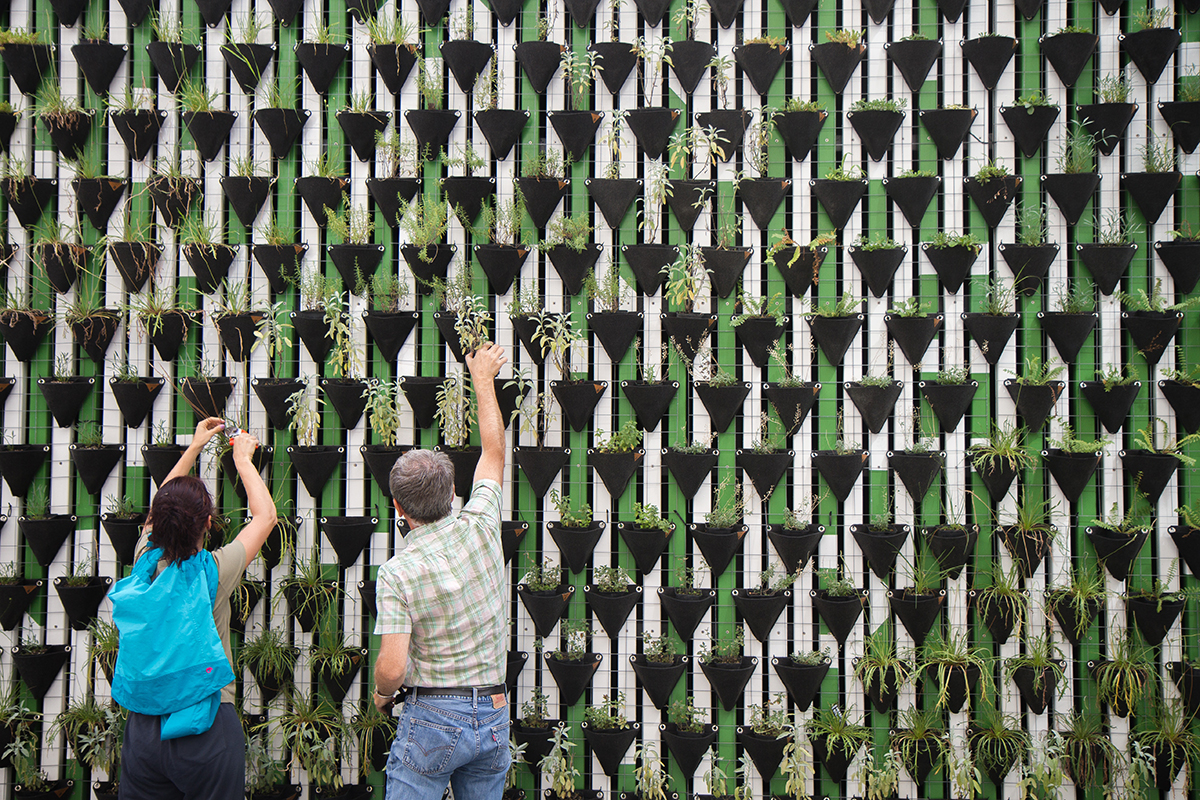
The Benefits of Crowd Urbanism
April 23, 2018 — Blog
The United Nations Development Program (UNDP) Alternative Finance Lab has been working and experimenting with crowdfunding now more than five years, by developing campaigns, workshops, booklets and observing how this new way of financing can help communities to become more resilient and empowered.
Due to fiscal constraints governments are facing globally, conventional means of financing municipal projects are at risk, opening the floor for various alternative financing mechanisms.
Crowdfunding mechanisms are one of the fastest growing: they can help leverage public funding to mobilize various new sources of investment for public policy, social services and the Sustainable Development Goals (SDGs), while at the same time re-aligning interests of various partners and creating new investment opportunities. It is estimated that in the past year, over US$16 billion was raised through various crowdfunding platforms, while the World Bank estimates that by 2025 this will grow to over US$100 billion.
Crowdfunding has immense potential to fund municipal projects, but it should be no alternative for traditional financing structures – rather an additional mechanism during any phase of the project for financing small, citizen-led projects to build social resilience and rejuvenate urban areas and for getting support for local community. We see crowdfunding as a strong tool to motivate citizens to be a part of the transformation of the urban environment and for keeping the momentum behind urban regeneration projects.
Based on lessons learned – some of which are mentioned below – crowdfunding can bridge the gap between top-down and bottom-up ways of thinking.
By capitalizing social power, AltFinLab has enabled broader visibility and scaling-up of a given project, as well as catalyzed social action and policy-level impact. We are using crowdfunding not only to collect money, but also to use it for the following purposes:
- Community-building instrument: Our Guzgef Solar School campaign aims at improving education facilities in rural Tajikistan and attracted donations from the Tajik diaspora in Australia.
- Marketing instrument: Our Taste of Home campaign is a social cooperative run by refugees, migrants and volunteers. The initiative was featured on Yahoo! News which tremendously raised its profile. Similarly, the first women-run cooperative craft brewery in Croatia Brlog appeared as a featured story in Wizz Inflight Magazine, a publication by Hungarian airline WizzAir. British celebrity chef Jamie Oliver and Bangladeshi international cricketer Mashrafe Bin Mortaza have also shown their support for some of our crowdfunding initiatives.
- Political instrument: Many governments are using crowdfunding as a supplement to their traditional financing models. Other initiatives such as the Subversive Festival in Zagreb have become an unavoidable place for critical and political theory in Eastern Europe. This campaign for healthy snacks in primary schools in Moldova got an interest from a large national network of supermarkets and was upscaled by the government from 3,500 to 350,000 kids.
Going forward, crowdfunding initiatives seek to create platforms for collaboration between civic actors, private sector and government by using innovative methods and applying a problem-solving approach to:
- Harness capacity, creativity, knowledge and expertise from citizens, especially young and women technologists;
- to strengthen responsiveness, openness and efficiency of institutions;
- to stimulate innovation and cross-sectoral collaboration with the private sector.
Considering that the 21st century is an urban one, key attributes of our cities should be used as assets to harness urban development scenarios, primarily density and diversity. With so many interesting ways of public inclusion in developmental issues – feeding off both density and diversity of communities, such as tactical urbanism, placemaking or sharing cities – it is easy to foster a sense of agency and ownership of local communities via crowdsourcing and crowdfunding ideas.
Historically, it was incompleteness, organic growth and sometimes even an ad hoc development of cities that enabled them to build up resilience which made them robust enough to fight back various challenges. Today’s comparison with such historical examples is represented exactly in crowd urbanism, serving as a key bottom-up initiative, which gives tools to all city members to co-steer local development.
Governments ought to focus on enabling its citizens to support their community development which can result in absorbing complexity versus reducing it.